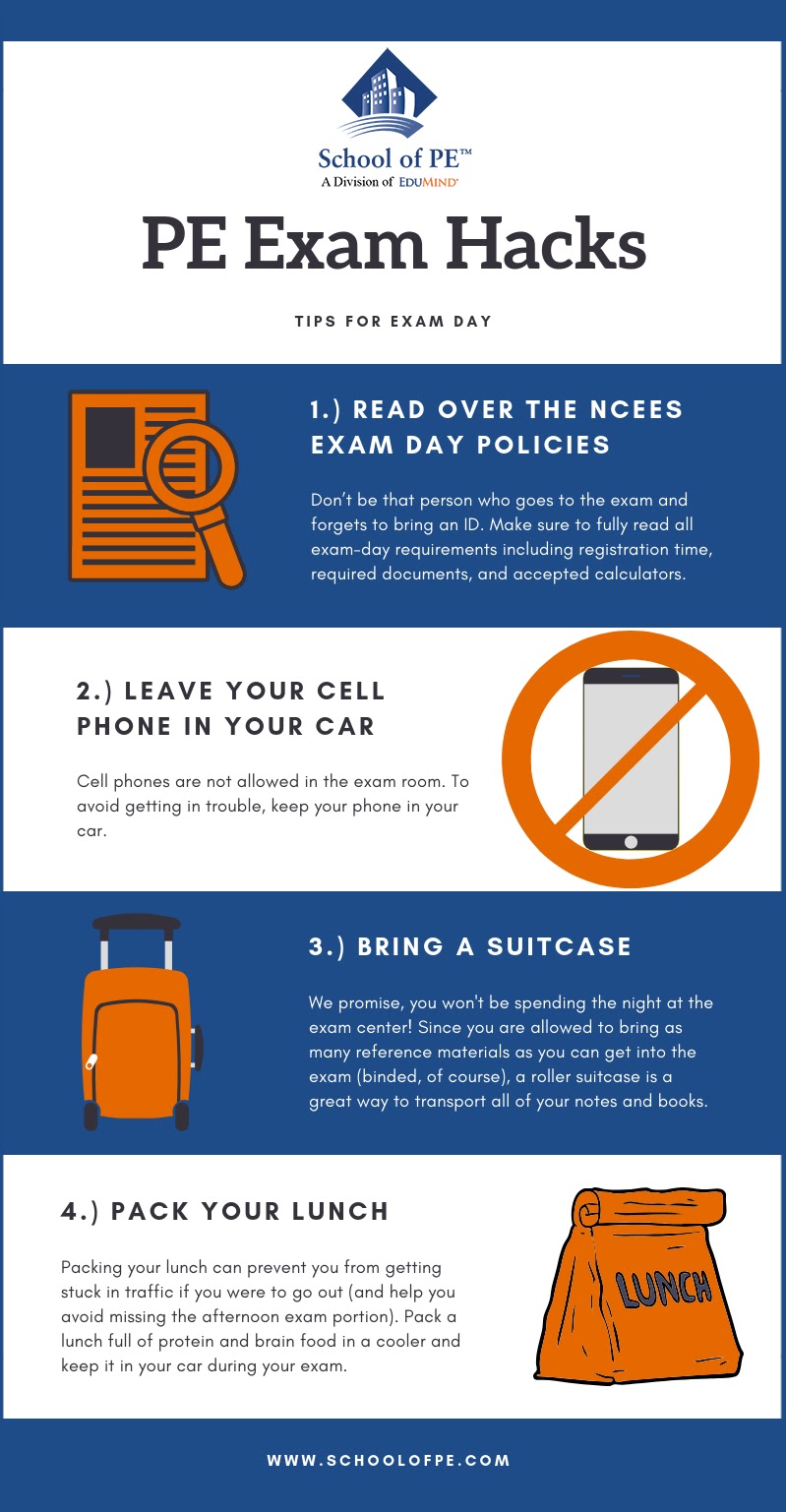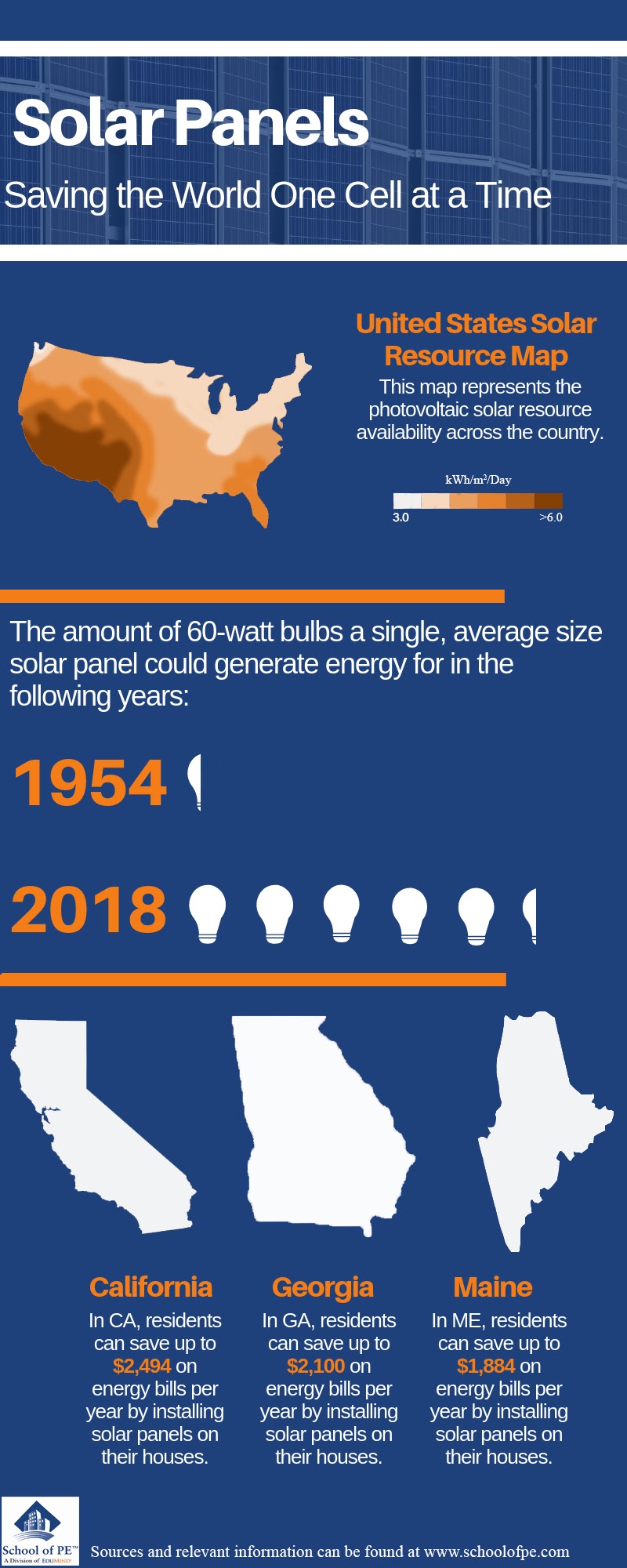During the designing and construction of a structure, such as a building or bridge, both architectural engineers and structural engineers work together to not only design the structure but to make sure it is practical and safe. When looking at skyscrapers or obscurely shaped buildings, it is sometimes surprising how designers and builders pulled something that advanced off (maybe it's from the knowledge they obtained in a
PE Architectural or
Structural Engineering review course)!
Interested in seeing what structural and architectural engineers are capable of? Check out these ten impressive structures below:
 |
Image retrieved from https://en.wikipedia.org/wiki/Burj_Khalifa
|
1. Burj Khalifa
The Burj Khalifa, located in Dubai, is considered impressive because of its extreme height. This tall building is 163 stories high and includes 57 elevators! The building's height reaches 829.8 meters (2,722 feet). The Burj Khalifa actually currently holds 16 records including the world's highest elevator installation, the world's highest observation deck (the deck being on the 124th floor), and of course, the tallest structure ever built.
 |
Image retrieved from https://en.wikipedia.org/wiki/The_Shard
|
2. The ShardThe Shard towers over the city of London with the height of 95-stories. In 2012, the building was recorded as the tallest completed European building with its highest point being at an impressive 309.6 meters high. The total time of construction lasted for 3 years, beginning March 2009 and ending in November 2012. Other than its impressive height and overall design, one other factor that makes this building so impressive is that 95% of the construction supplies used were made from recycled materials.
 |
| Image retrieved from https://en.wikipedia.org/wiki/United_States_Air_Force_Academy_Cadet_Chapel |
3. The Cadet Chapel
The Cadet Chapel in Colorado Springs, Colorado, was constructed in 1962 for the United States Air Force Academy and includes 6 different sections: the Protestant chapel, the Catholic chapel, the Jewish chapel, the Buddhist chapel, the Falcon Circle, and an all-faiths rooms for smaller religious congregations. The seventeen spires that top the chapel are the most impressive feature the building has to offer. Each spear pierces the Colorado sky at 150 feet in height.
 |
| Image retrieved from https://en.wikipedia.org/wiki/Petronas_Towers |
4. Petronas Towers
If you ever travel to Kuala Lumpur, Malaysia, the Petronas Towers are a must-see. These twin towers stand over the city at 452 meters (1,483 feet) tall. The two sky scrapers are considered the world's tallest twin buildings. Inside the towers feature luxurious shopping centers and office suites. The towers are also connected via a sky bridge on the 41st and 42nd floors. Because of the extreme height and the window-heavy design of the structures, it actually would take a total of two months to clean all of the windows!
 |
Image retrieved from https://en.wikipedia.org/wiki/Niter%C3%B3i_Contemporary_Art_Museum
|
5. Niteroi Contemporary Art Museum
Talk about a balancing act! The Niteroi Contemporary Art Museum located in Rio de Janeiro, Brazil, sits on cliffside offering tourists and locals not only a modernized-designed building to look at, but also beautiful art displays. The building was built to hover over a pool of water, which creates an illusion that the building is a flying saucer.
 |
Images retrieved from https://commons.wikimedia.org/wiki/File:Wasserstra%C3%9Fenkreuz_Magdeburg_Jun_2012_9.JPG
|
6. Magdeburg Water Bridge
Bridges are usually used for vehicles to travel over water, right? Well, the Magdeburg Water Bridge, located in Germany, actually provides a way to travel over the Elbe-Havel canal via water. This structure is an aqueduct for commercial ships and boats to travel between Berlin and Rhineland without having to travel through the canal itself. The sides of the aqueduct also provide walking and biking paths for pedestrians.
 |
Image retrieved from https://en.wikipedia.org/wiki/Helix_Bridge
|
7. Helix Bridge Singapore is known for its impressive structures and architecture. The Helix Bridge is a magnificent structure in Singapore that was designed to mimic DNA. The stainless-steel pedestrian bridge has earned numerous awards and recognition over the years, including the "World's Best Transport" award.
 |
| Image retrieved from https://en.wikipedia.org/wiki/Hangzhou_Bay_Bridge |
8. Hangzhou Bay Bridge
The Hangzhou Bay Bridge, which opened in 2008, connects the Zhejiang Chinese provinces Jiaxing and Ningbo. This stayed-cable bridge may look like an ordinary bridge from afar, but what makes it so impressive is that it is 22 miles long. Branching over the Hangzhou Bay, the bridge has immensely helped with travel times. For example, instead of traveling four hours from Ningbo to Shanghai, the bridge offers a decreased travel time of two hours.
 |
| Image retrieved from https://en.wikipedia.org/wiki/Jiaozhou_Bay_Bridge |
9. Jiaozhou Bay Bridge
Similar to the Hangzhou bridge, this bridge stretches across a bay to significantly decrease travel time. The bridge stands over the Jiaozhou Bay and connects Quingdao and Huangdao. The Jiaozhou Bay Bridge currently holds the Guinness World Record for the world's longest bridge over water with the total length being 16.6 miles long.
 |
Image retrieved from https://en.wikipedia.org/wiki/Hong_Kong%E2%80%93Zhuhai%E2%80%93Macao_Bridge
|
10. Hong Kong-Zhuhai-Macau Bridge
Part bridge and part under-sea tunnel, the Hong-Kong-Zhuhai-Macau Bridge is the recorded as the longest cross-sea bridge in the world. The bridge section stretches over 18.4 miles before diving into 4.2 miles of tunnel. This bridge provides easy access between China, Macau, and Hong Kong. Currently, the bridge and tunnel system have not officially opened to the public yet as construction is still being finalized, but it will take the Guinness World Record from the Jiaozhou Bay Bridge for the longest bridge over water record when construction is completed.
 We hope you find these
We hope you find these 













